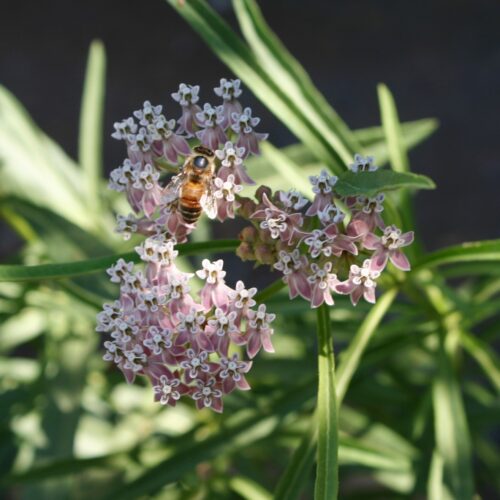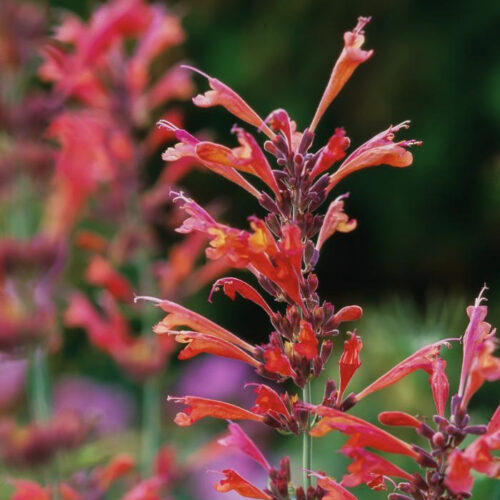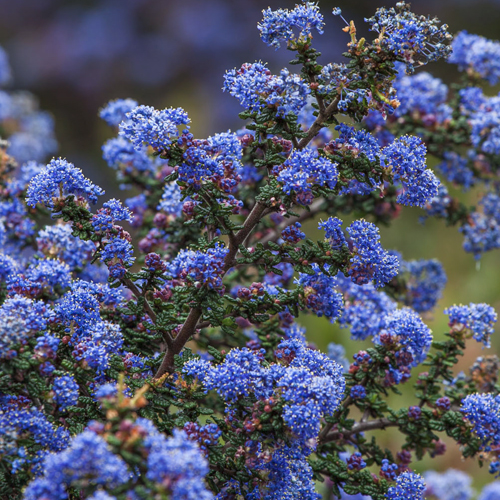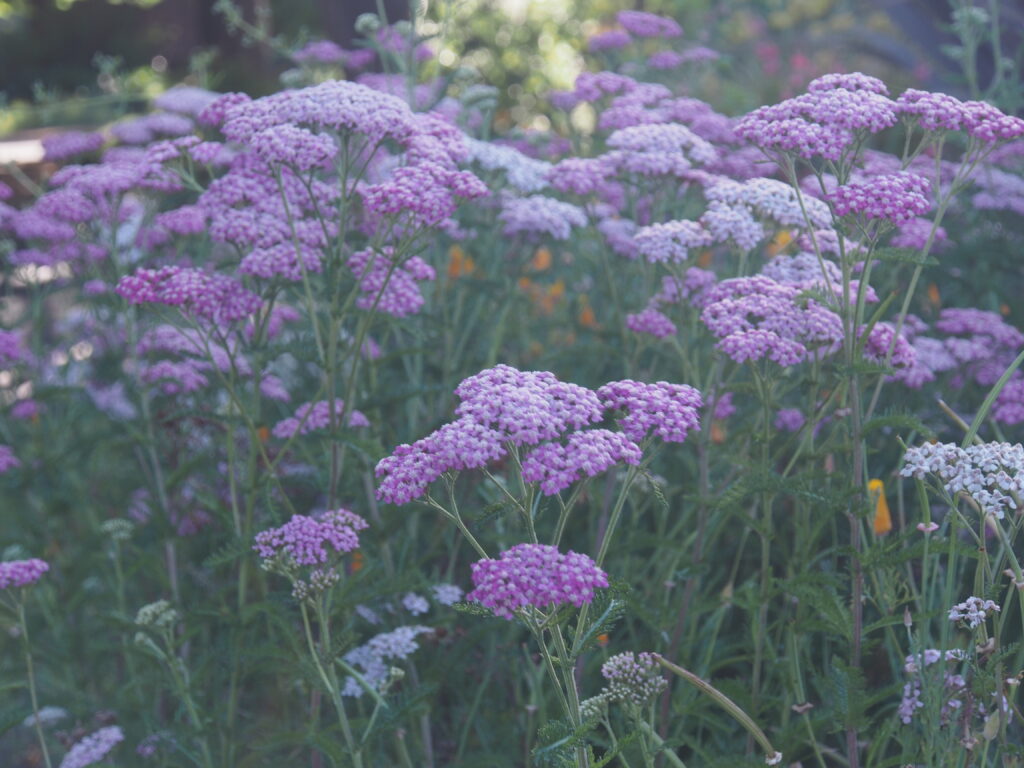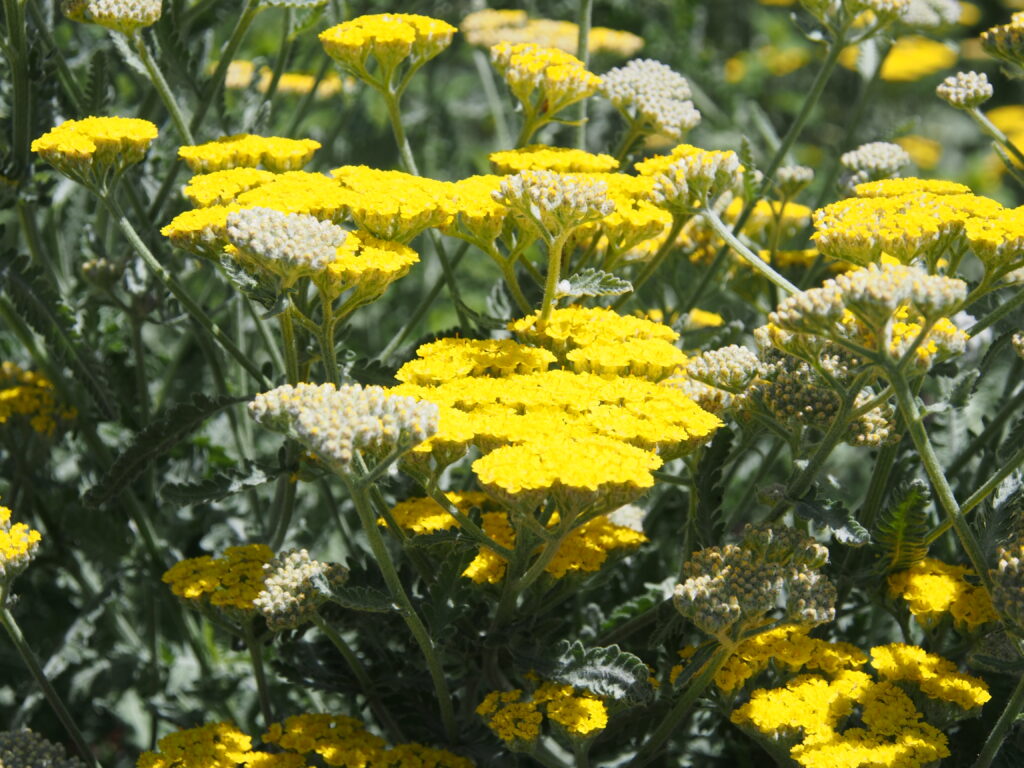Totally Unexpected Food Forest
BACK TO FULL TOUR
Garden Features
Drought Tolerant
Edible Garden
Graywater System
California Natives
Drip Irrigation
Pesticide Free
Rainwater Harvesting System
Rain Garden
Sheet Mulching
Smart Irrigation Controller
Lawn Conversion
Lawn-Free Landscaping
Living Roof/Wall
Permeable Surfaces
Urban Homestead
Partner: Permaculture Artisans
The journey from devastation to regeneration in our Coffey Park home has been one of resilience, reimagining, and restoration. When the Tubbs Fire swept through in 2017, claiming our swimming pool, palm trees, and everything in its path, we faced a pivotal decision: to rebuild or to transform.
Inspired by workshops hosted by Santa Rosa Water, we embarked on a path of responsible and sustainable living, recognizing our interconnectedness with the planet. While awaiting the fruition of our plans, we sowed the seeds of renewal, planting Yellow Mustard and Crimson Clover to heal and rejuvenate the scorched earth.
Enter Permaculture Artisans, our guiding lights in the reconstruction process. With their expertise, we crafted a landscape teeming with life and purpose. Every element serves a vital role in the ecosystem: from rain gardens and greywater systems to native plantings and compost piles, our yard pulsates with biodiversity and vitality.
Embracing renewable energy, we installed solar panels with battery backup, a recirculating hot water heater, and a whole-house fan to minimize our environmental footprint. Yet, amidst these modern innovations, we remain grounded in timeless practices—line-drying clothes and collecting water from kitchen sinks, honoring the wisdom of our ancestors.
In May of 2022, our dedication to conservation earned us recognition from the City of Santa Rosa and Santa Rosa Water—a Certificate of Achievement celebrating our estimated annual water savings of over 32,500 gallons.
But perhaps the crowning glory of our rejuvenated landscape is the Totally Unexpected Food Forest (TUFF). Bursting with a cornucopia of fruits, vegetables, and herbs, from multi-grafted Asian Pears to flourishing apple trees and bountiful raised beds brimming with seasonal delights, TUFF embodies the spirit of abundance and resilience.
Amidst this verdant oasis, pollinator gardens beckon with vibrant blooms, attracting a symphony of bees, butterflies, and birds. Here, amid the Yarrow and Mexican Marigolds, Milkweed nurtures Monarch Butterflies, a testament to the profound interconnectedness of all living beings.
Our journey from devastation to regeneration has been a testament to the transformative power of community, resilience, and stewardship. As we navigate the ever-changing landscape of life, our home stands as a beacon of hope—a sanctuary where nature and humanity coexist in harmony, nourishing each other and the world around us.
Special Events
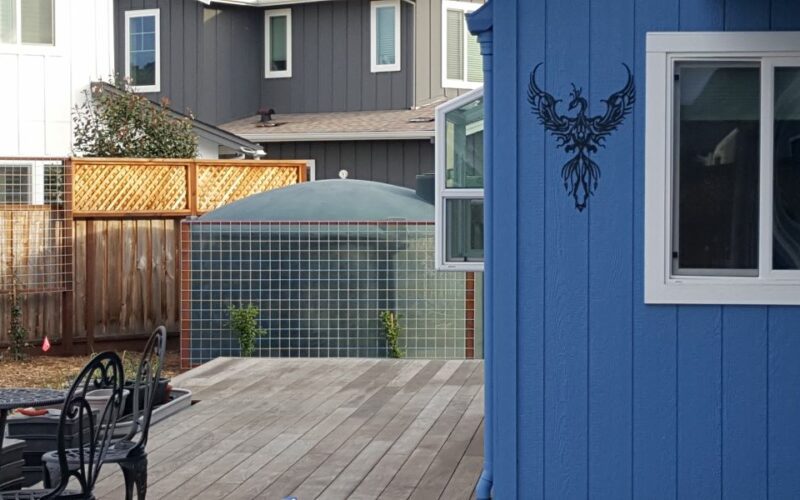


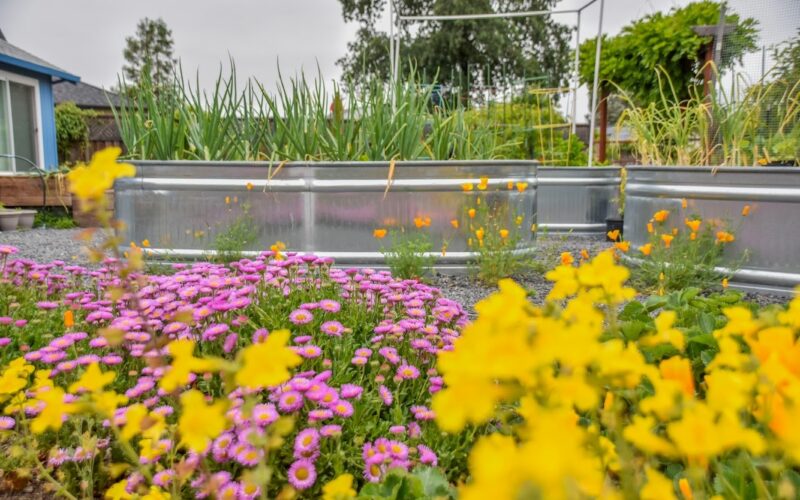

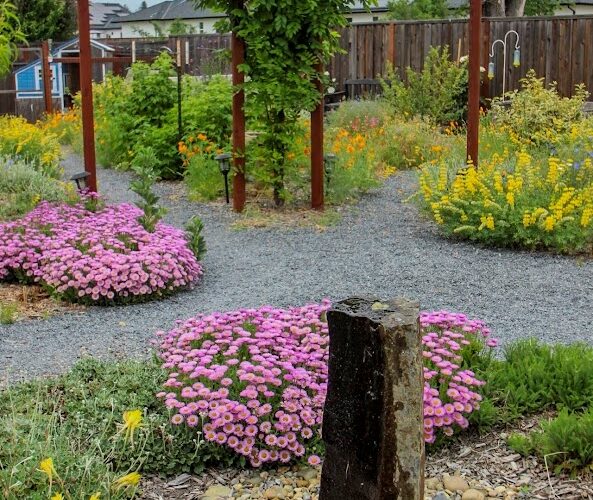

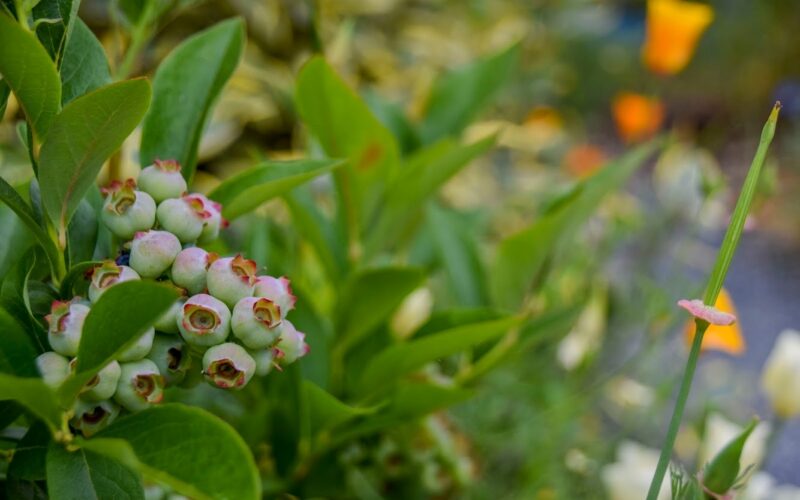

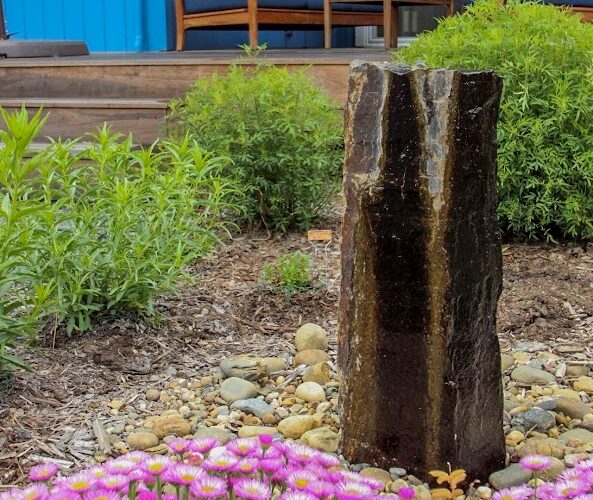
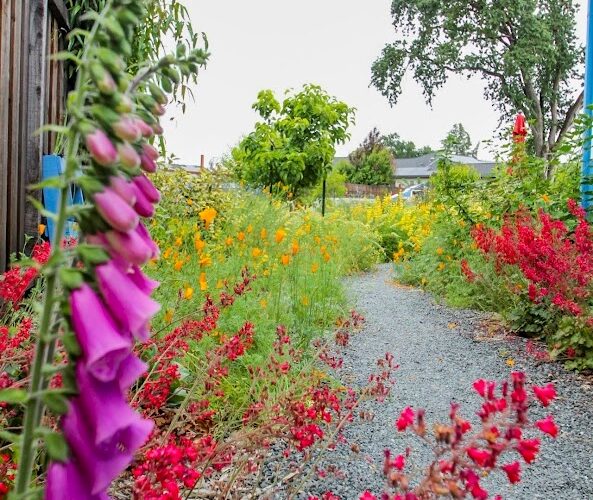




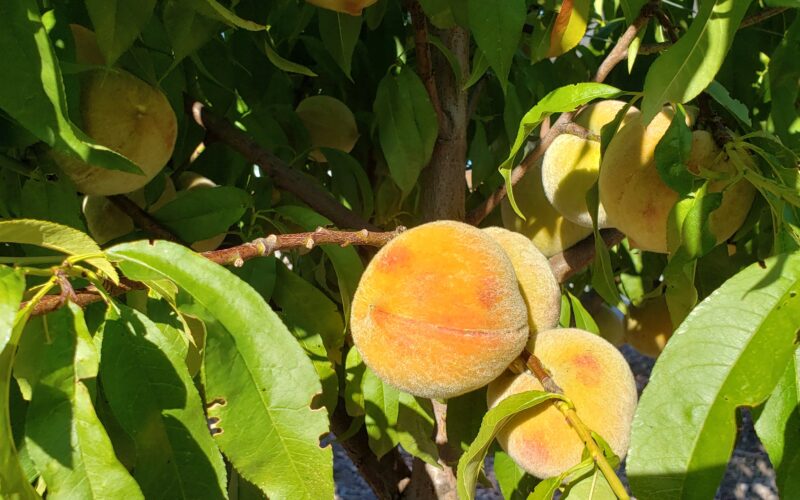

Plants in this Garden
Favorite Plants
California Lilac
Ceanothus
Sage
Salvia
Milkweed
Asclepias californica
California Buttercup
Ranunculus californicus
Lthuriel's Spear
Triteleia laxa
Favorite Garden Suppliers
Harmony Farm Supply
3244 Gravenstein Highway North Sebastopol
